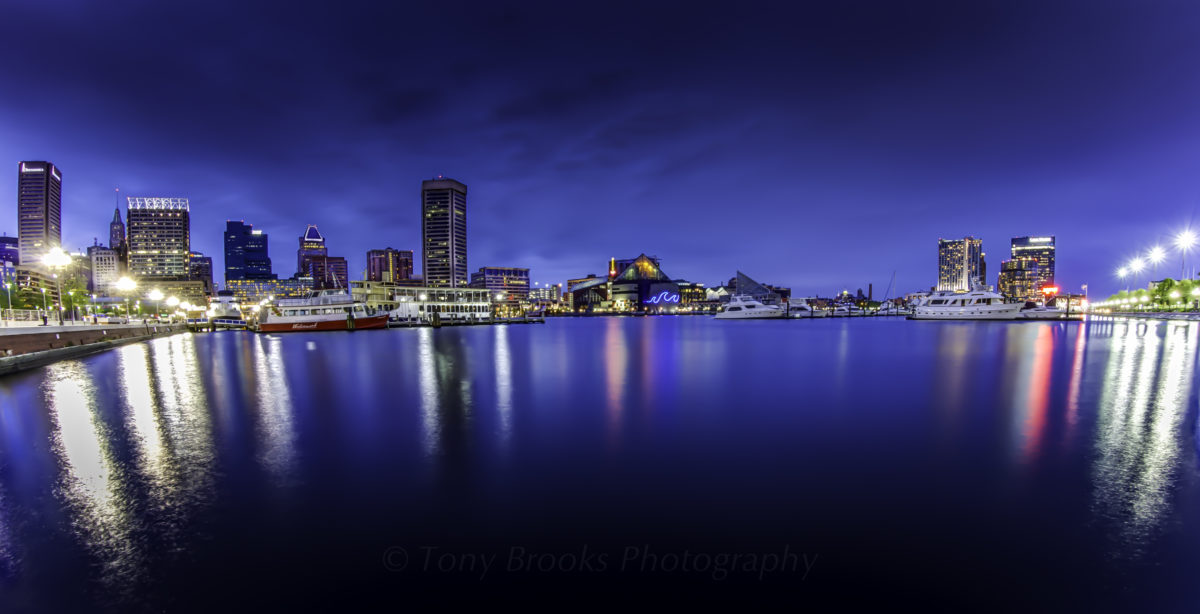Compared to 20 years ago, the Baltimore area has a more diverse population and an economy that is more driven by tech, medicine and higher education.
That’s according to a new report being released Monday by the Greater Baltimore Committee and the Baltimore Metropolitan Council. It’s scheduled to be presented tonight at the GBC’s Annual Meeting.
The report includes demographic and economic data for the Baltimore region. Along with comparing differences between 1998 and 2017, it also shows how the area ranks when compared to 20 similar regions around the country.
Read the report
“On the whole, the report found that the Baltimore region has many positive trends that the private sector will be working to support and nurture to ensure the region retains a highly attractive business climate. The region’s strong shift to technology, medicine and the digital economy is particularly promising and shows the innovation and drive of our business community and major educational institutions,” Donald Fry, President and CEO of the Greater Baltimore Committee, said in a statement.
When the first such “State of the Region” report was issued in 1998, the economy was predominately white and more centered on manufacturing. The report notes the following changes since then:
- The African American population increased by 130 percent, and the Latinx population rose by 125 percent. Increases were also reported in the number of firms that are African American-owned (45 percent) Latinx-owned (83 percent) and women-owned (36 percent). The white population fell by 16 percent, which is the largest decline in the 20 regions studied.
- Median household income essentially doubled from $38,361 to $76,788. This came as educational attainment also improved from 25 percent with a college education in 1998 to more than 37 percent in 2017.
- Employment increases were recorded in health and education services (about 5 percent), and professional and business services (about 4 percent), while government employment fell slightly by 1.78 percent.
- Commute times have also increased, from an average of 26 minutes in 1998 to an average of 31 minutes in 2017.
According to the authors of the report, the goal is to inform policy decisions as well as programs that “promote workforce skills, diversity in leadership and inclusiveness in the economy,” the report states.
“Some findings in the report remind us that the GBC and private sector must continue to explore how we can continue to work with elected officials and others to ensure that the increased wealth and education that some segments of society have experienced helps lift those struggling with rising costs of living and the skill demands of the modern labor market,” Fry said.
Join our growing Slack community
Join 5,000 tech professionals and entrepreneurs in our community Slack today!
Donate to the Journalism Fund
Your support powers our independent journalism. Unlike most business-media outlets, we don’t have a paywall. Instead, we count on your personal and organizational contributions.

Making the best of ‘Smalltimore’: Inside the RealLIST happy hour for rising startup founders

Baltimore hits $90.9M in VC activity to start 2025

From emergency response to sustained resistance: How Baltimore Action Legal Team endured after the Uprising


